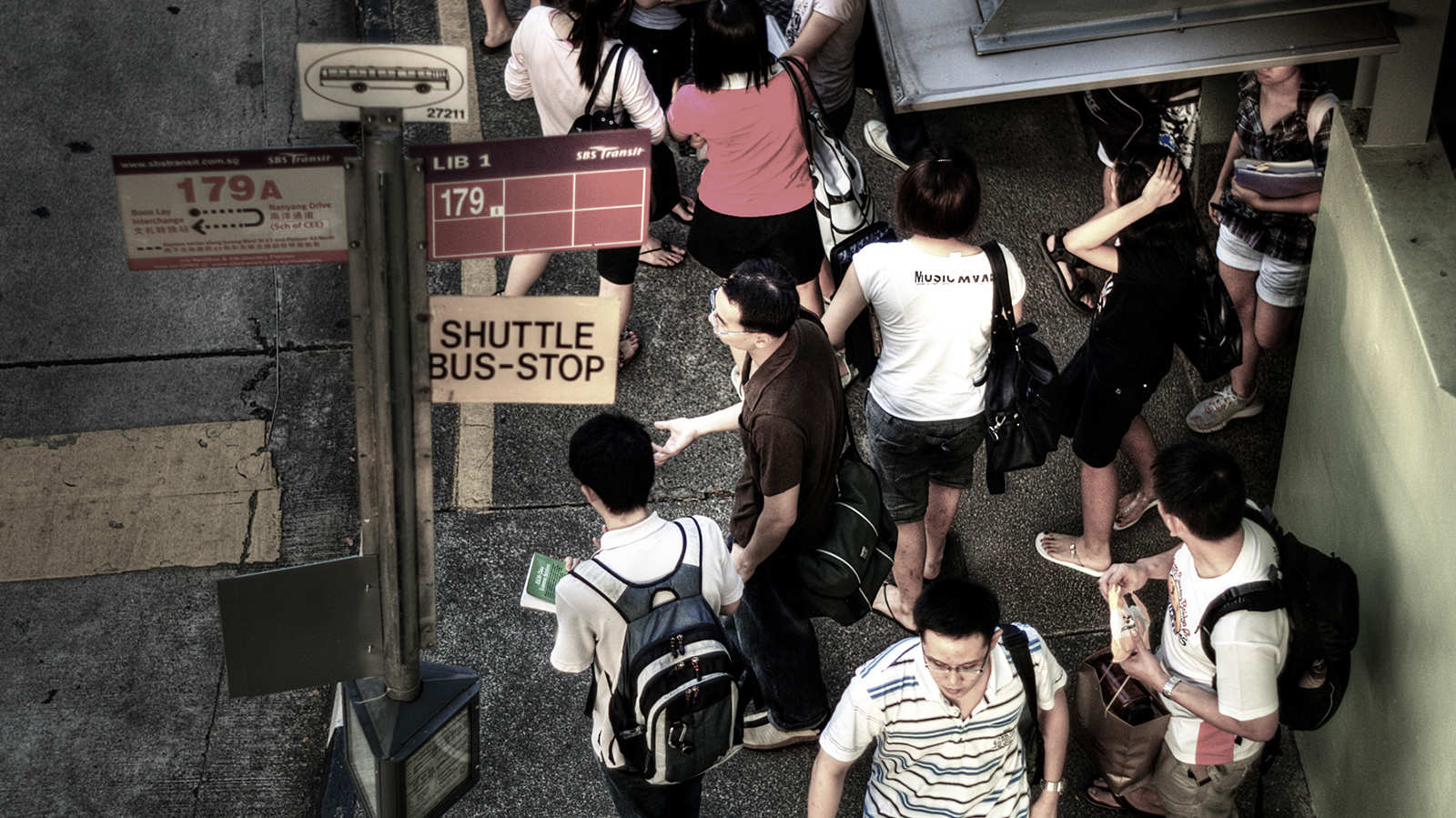Up until my late teens, I never saw my privilege for what it was.
I come from a well-to-do immigrant family. We live in a landed house, drive multiple cars, and always have a nanny or maid around. Before you think that I was simply pampered or spoilt, however, hear me out.
As fresh immigrants, my parents did not know which were the best schools in Singapore. So at 13, I enrolled in one of Singapore’s lowest ranked secondary schools, with an unaffiliated cut-off score of 188. (Compare this to Nanyang Girls’ 264 or Raffles Girls’ 261 back then.)
I did not know what I was missing out on then – air-conditioned classrooms, bigger canteens, or having the funding for more expensive CCAs like fencing or swimming – because I made some of my best friends in that school, and had some of the best times of my life there.
While my friends from secondary school weren’t poor, they weren’t rich, either. Most of them had to work part-time jobs from the age of 14 (and juggle CCAs, prefectorial duties and studies while at it). They didn’t have the luxury of private tuition, and many didn’t take up formal sports or music lessons.
Other stories you might like


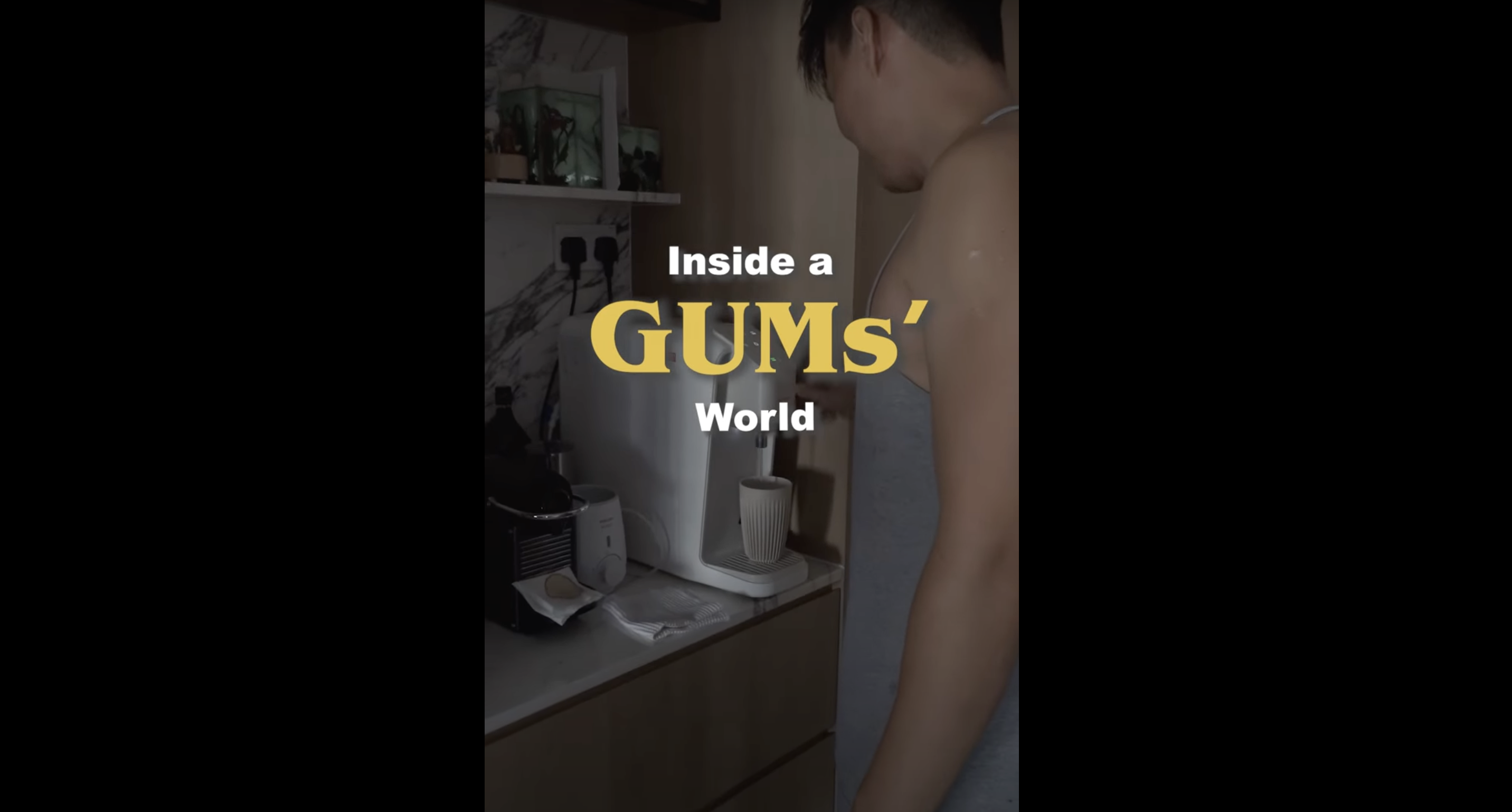
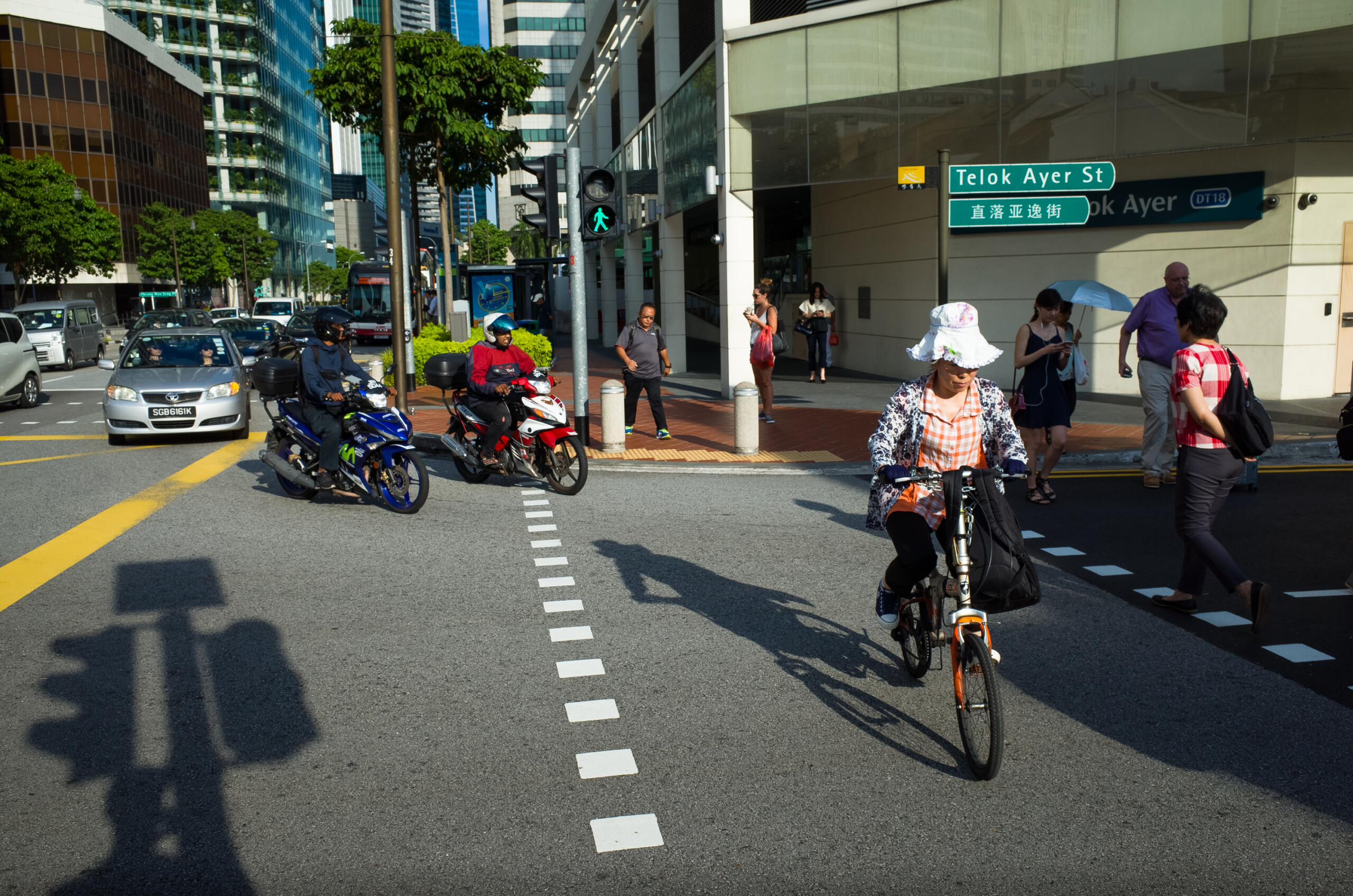


I remember exclaiming in surprise when my close friend mentioned she never learnt the breaststroke or butterfly. I didn’t understand why she never picked up what I saw as a valuable life skill; she didn’t understand why I would voluntarily pay money for swimming lessons.
Nevertheless, as teenagers, social class and wealth were not huge factors in our lives. We wore the same uniforms and white sneakers, ate the same $1.50 meals in the canteen, and took the same bus home. School was a great equaliser.
A little later in life, I made close friends from local supercar enthusiast groups. They, like me, were the pampered children of business owners, bankers, doctors or lawyers. We bonded over high-speed drives overseas, expensive brunches, fancy gala dinners, and wintering in the United States.
As we grew older, I was able to understand more clearly and even appreciate the differences between my two groups of friends. This gave me some perspective on the Institute of Policy Studies’ (IPS) study on social capital in Singapore, which found that Singaporeans do not mix across social class.
The sharpest social divide is now based on class, rather than race or religion, and it’s unsettling the foundation of meritocracy in Singapore.
This is because while success can still come to anyone in Singapore, the truth is that as the class divide deepens, it will increasingly come more easily for some than others.
It’s not luck – it’s connections
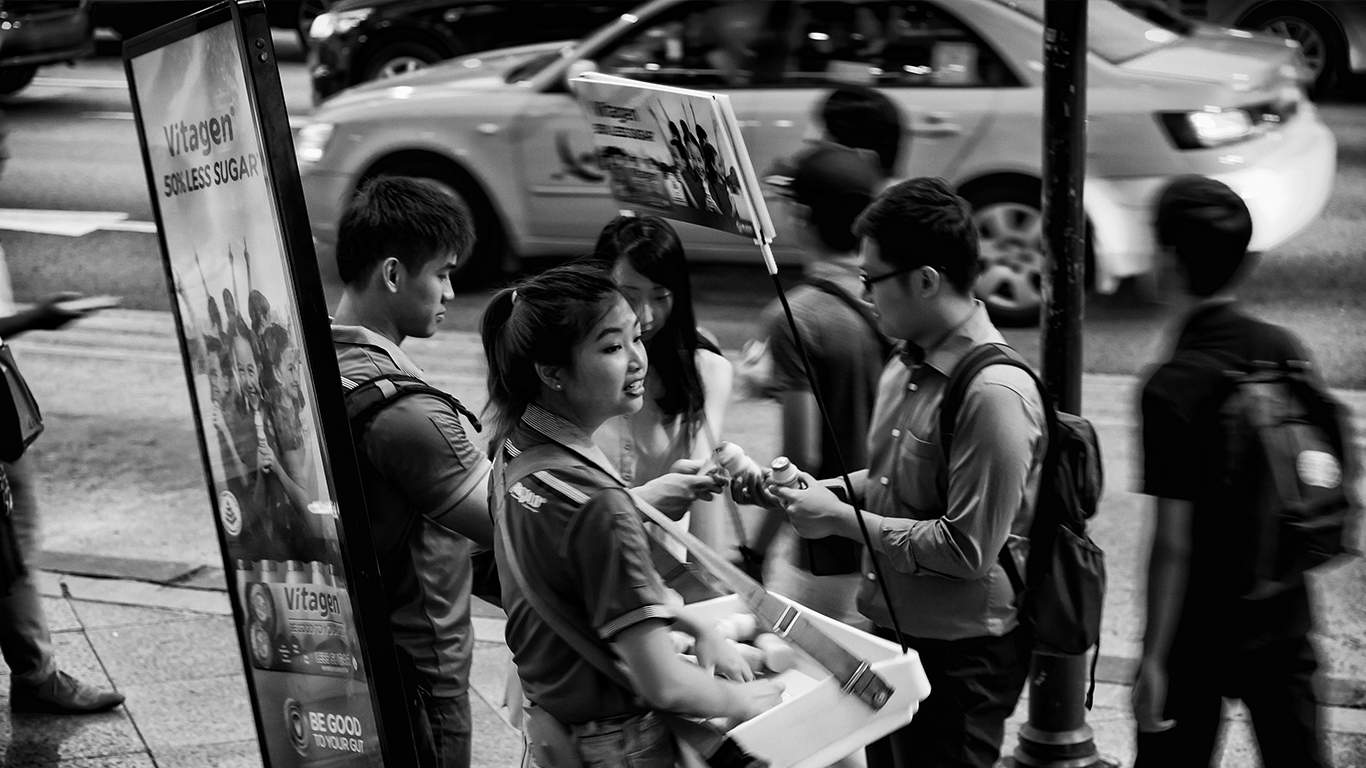
Recently, Prime Minister Lee Hsien Loong cited the IPS’s findings and said it must not be difficult or impossible in Singapore for those “with talent or ability, but lacking the right backgrounds and connections” to be welcomed into elite groups and rise to the top.
While it rightly points us back to the meritocratic principles we’ve long embraced, the reality is that the odds are stacked against those who are less well-off.
Education and credentials can get you far, but social capital is just as important. A 2015 study published by National University of Singapore (NUS) sociologist Tan Ern Ser says, “Having a degree is not enough. Social capital matters, and knowing people is helpful. There are a lot of graduates coming out, with a degree but no connections, so they don’t get their first job (so easily).”
I’ve seen and experienced that firsthand.
A close friend of mine did poorly for his ‘A’ levels, but his girlfriend’s father was a professor at a local university, who appealed to the school on his behalf. He got in. Another friend scored a coveted internship with Sotheby’s in New York through her mother’s connections, and yet another secured a well-paying job as a banker through a family friend who just so happens to be an executive of one of the largest banks in the world.
It wasn’t luck that gave them these opportunities, but personal connections.
In a similar way, this was how I scored several internships and jobs. While I still had to apply, interview and vie for the roles, they were opportunities given to me that one of my best friends never got to enjoy. Despite graduating with a similar degree, she took a month longer than I did to find a job, eventually settling for an internship that paid half of what a full-time job pays.
It would be untrue to say that successful, high social capital individuals have their successes handed to them on a silver platter, or that they do not work hard for their careers.
However, the fact remains that someone who is less well-connected has to work much harder and longer for the same chances.
The divide is real

From the get-go, people from different classes stay in different zip codes – Bukit Timah boasts the largest proportion of private houses, while areas like Bukit Merah, Kallang and Ang Mo Kio contain more one- and two-room public flats.
This could result in “unintended consequences”, such as fewer chances for social mixing to take place, says Singapore Management University sociologist Paulin Straughan.
From there, they enter different schools and professions, enjoy different hobbies, and stay in different class bubbles.
As my friends and I entered the workforce, I learnt to understand Tan’s comment: “Class plays a big role in the way people think, (explaining) differences in how Singaporeans perceive their career prospects.”
Many of my wealthier friends entered higher-paying industries such as law or finance, while my less wealthy friends took up jobs that paid less.
There, they befriended people similar to them – high-flying lawyers or admin assistants, for example – and so, the class divide gets perpetuated.
The researchers of the IPS study suggested that we flock to our own kind as we find it hard to connect with others due to cultural differences, like different spending habits, social norms and hobbies.
It’s not simply a case of the rich and elite preferring to keep to their own social circles, as some may think. The resistance happens both ways.
Like how some parents said they didn’t want to send their kids to Raffles Institution, because they feared that they would not be able to fit in with other more well-off students.
Similarly, at a party I hosted two years ago, I saw that my friends – the elite school kids who drove to the party in their fancy wheels, and the neighbourhood school girls who had to leave early so as to not miss the last train home – preferred to keep to their own groups.
I nudged one of my girlfriends and asked her why she wasn’t talking much.
“They use really big words and they talk really fast. I don’t. I don’t want them to think I’m dumb because of the way I talk,” she confessed.
Meaningful friendships are built, not forced
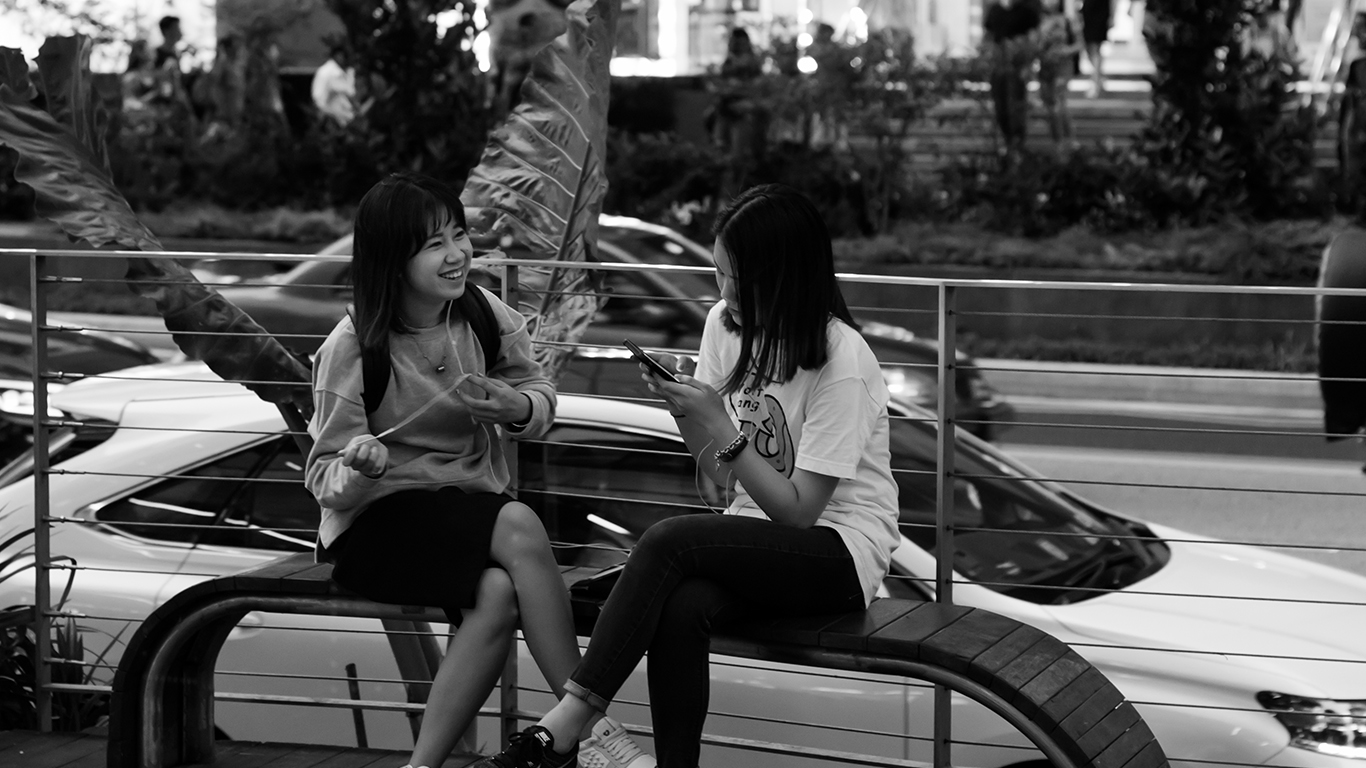
To try to minimize the divide, NUS sociologist Vincent Chua has suggested encouraging interaction through initiatives like grassroots programmes, sports, arts, volunteerism, both at school and at the workplace.
Although useful, policies and initiatives intended to spur social mixing are futile if people are unwilling to change their mindsets. It is also too simplistic to think that common areas like hawker centres and playgrounds are enough.
As the recent soul-searching about elitism in Singapore’s schools and communities has pointed out, government policies can do more to bridge the class divide.
But as individuals, so do we.
Indeed, you can’t force strangers to become best buddies overnight. But genuine connections can be nurtured over time.
Prescriptions by experts, like school adventure camps or community football sessions, serve as the initial settings. What happens next, after we’ve been brought together by a shared passion or common purpose, is entirely up us – whether we try to engage, or simply choose to shy away.
Perhaps, to lessen the divide, some part of the solution lies in our ability to seek out what we have in common, instead of fixating on what makes us different.
Take for example, Kenneth, 28, who lives in Bukit Timah, and helps to run his parents’ transport company.
Despite coming from a vastly different background from their drivers, he works closely with and has built up a rapport with them. His secret? A smattering of Mandarin, Malay and other dialects, that has gone a long way to melt the ice, and build a connection.
He tells The Pride: “It shows that I am willing to put in effort in understanding them, which I feel makes them more receptive to talking to me.”
The languages that he could barely speak were not a barrier but rather, an opportunity to engage – once he tried.
Looking back two years ago, when I first invited my two groups of friends to the same party, I hadn’t actively tried to facilitate any conversations as I was concerned that I could make some of them feel uncomfortable.
But the truth is, much like that initial meeting, the process of social change will be intimidating and uncomfortable.
And as someone who’s experienced both worlds, I’ve learnt that once you get to know someone a little better, and like them enough as a person, clothes, cars and postal codes will matter very little when it comes to building lasting and meaningful relationships.
Instead of waiting for the system to change, let’s take the first step to bridge the divide.
As for me, I’m going to take another crack at hosting a party that will bring my two groups of friends together. This time, perhaps with a bit more planning and effort, and the help of some drinking games (also a great equaliser), they’ll find it easier to break the ice.
